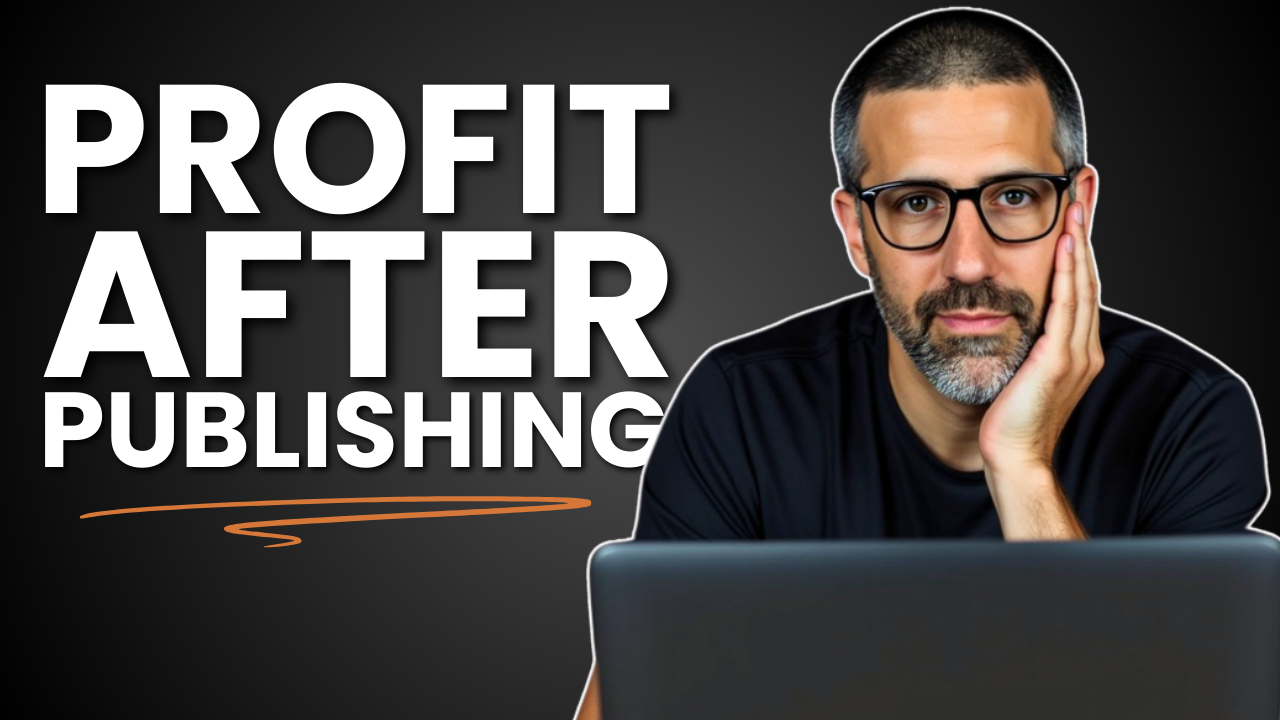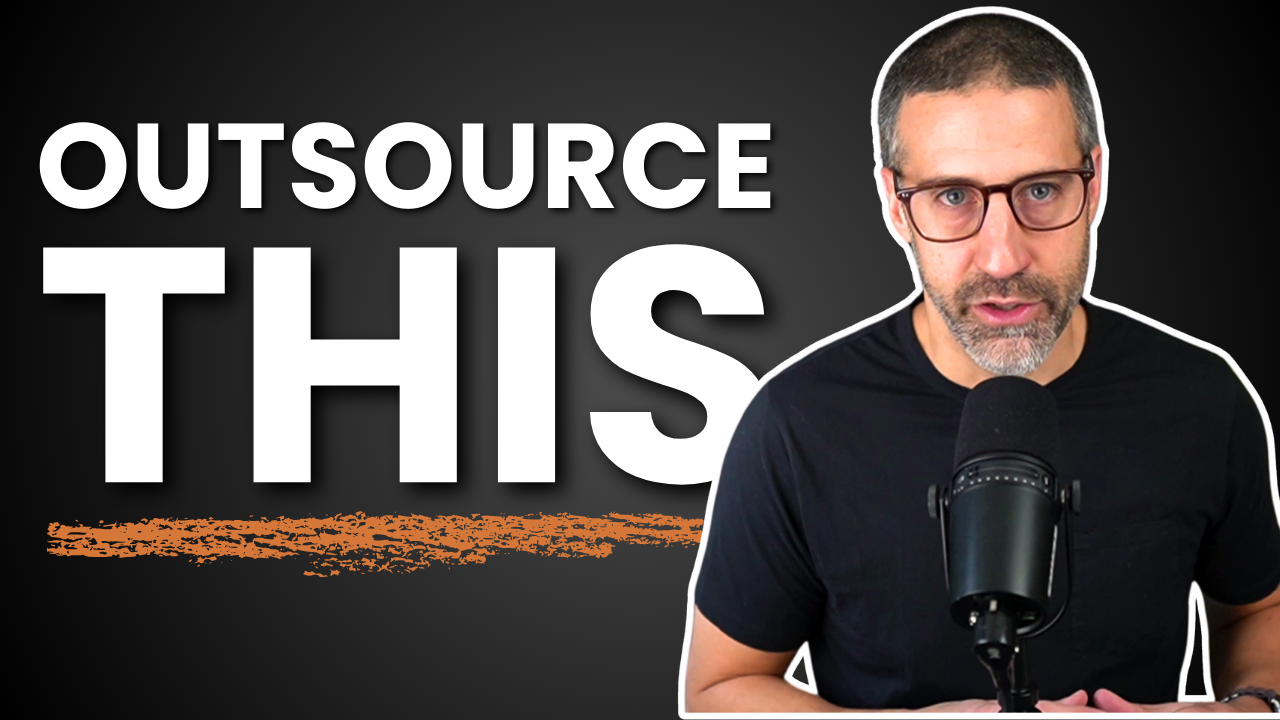If you’re doing any sort of service, working with clients, or have a client-based business, you’re likely trying to work more ON your business, but more often working IN it because that’s how you help clients get results.
What a lot of people end up doing is build a massive menu of services then they try to create systems and SOPs for the menu.
The first problem here that most people neglect is that the front-end offer is too customized. So, you’re wasting a ton of time creating documentation and trying to systematize a process that will always be too custom to actually benefit from having all those SOPs, in the first place.
I know because we did that same thing at first.
While this post is about the fulfillment side, it’s critical that the front end offer is productized in a way that’s easy to sell. Simply, your productized offer should:
- Solve one problem
- For one specific type of person
- Contain fixed deliverables
- Fixed turnaround time
- Have a fixed price.
Then and only then, can you you effectively systemized the backend fulfillment and delivery.
So lets talk about the four things that will make the delivery of your service systematic.
1. Clear Result
First, you need a clear understanding of the result that the system and your service is going to deliver.
What is its promise?
When you get started with a client, what is the end result of that working relationship?
You need to get really clear on that, because it needs to be an A to B type thing. It can’t be this super customized solution because that’s going to break your ability to effectively systematize.
Create your productized solution that solves ONE particular problem so that you, your team, and the client are ALL clear on the result will be.
With a clear result, you can map out a clear process.
2. List Out The Step-by-Step By Role (Not Individual)
Create a list of every step that needs to be completed to get the client from A to B, and assign a role within the organization that is responsible for completing that. In some cases, if you’re more of a consultant, the role might actually be the client depending on the step of the process we’re looking at and that’s ok. T
One thing that I want you to pay attention to is that when it comes to that step-by-step listing of your process and what needs to be done, make sure that it is role specific, not individual specific, okay?
If you’re step-by-step process is all based on an individual and that individual’s skillset, the system is inherently going to break.
Now, you or someone on your team might currently fill that role or even multiple roles but designing a system around individuals is a recipe for disaster which we’ll talk about in a minute.
Quick recap.
Step one: the service needs to be clear on the offer and the promise that you are delivering.
Two, you need to create a step-by-step list of everything that needs to be done to achieve that result, and assign an accountability role, to that task.
3. Document It
You have to then document the system.
Break down and deconstruct each of those steps, step-by-step. Include screenshots, video walkthroughs, whatever you need to show the entire process from A to Z for your team.
This will allow for anyone in that role to complete that part of the process.
Show them how to get the process done and what done looks like.
4. Standardize It And Make It Repeatable
This goes back to accountability and the role.
The process in which you do something, and the step-by-step that you provide people, should be delivered and documented in a way where you do not need an expert to deliver it.(Note: In some exceptions your offer may require the role to have some ninja skills but 9 out of 10 times the process can be broken down so you don’t need to go spend 1000 hours trying to find that unicorn employee to do one step)
The Goal is that anyone of pretty much any skill set can complete the task. For example, if you’re doing something tech related and it’s Infusionsoft you probably want to find someone that knows their way around Infusionsoft, but they don’t need to be an Infusionsoft expert in order to follow the step-by-step process.
Now What?
I want you to do an audit of your current fulfillment process and see where you have gaps and which of the four steps above you’re not following.
Then fix each one, one step at a time.
If you have questions, join us in our Free Facebook Group, The Systemized Business Launch Pad and let us know what questions you have.



